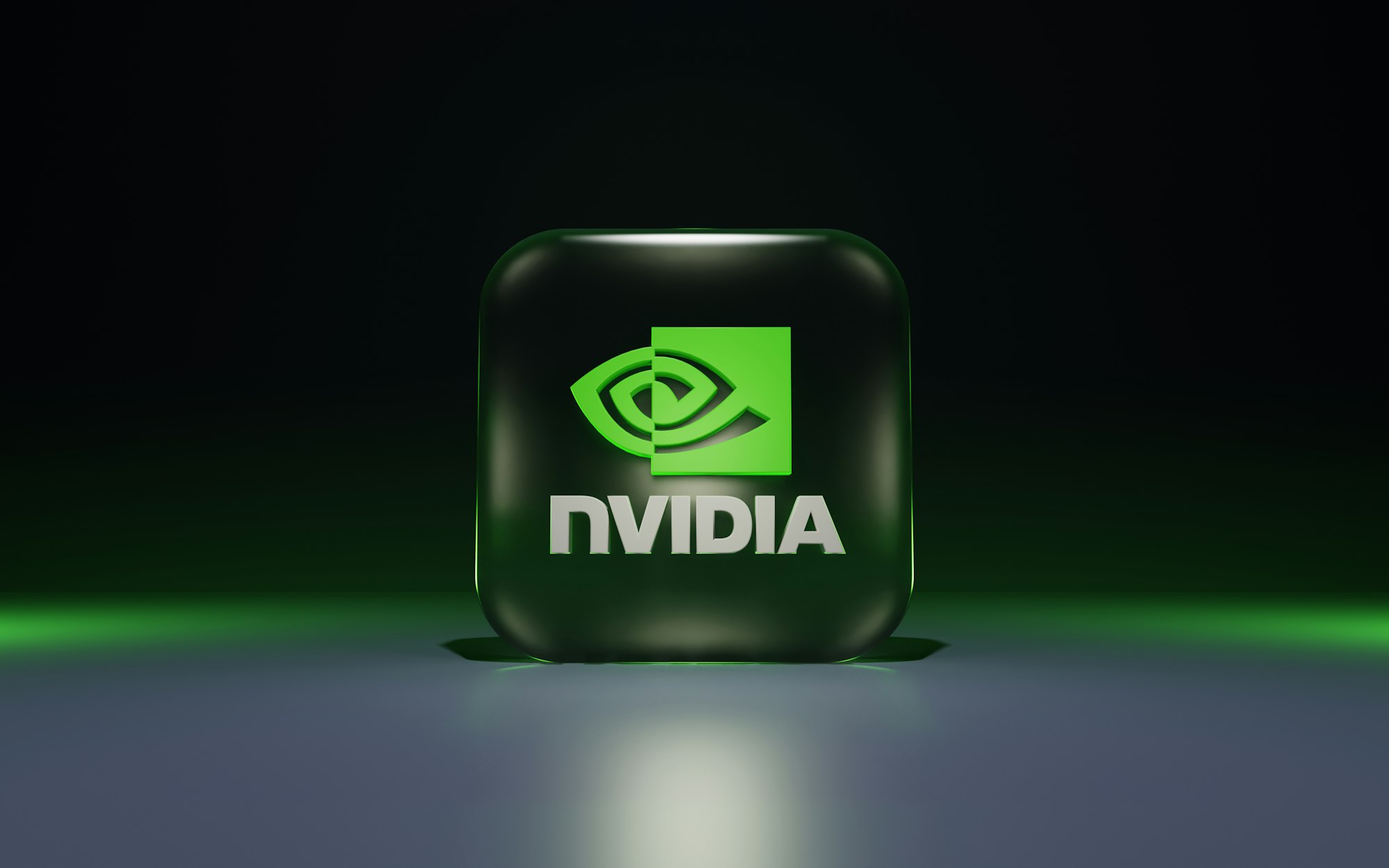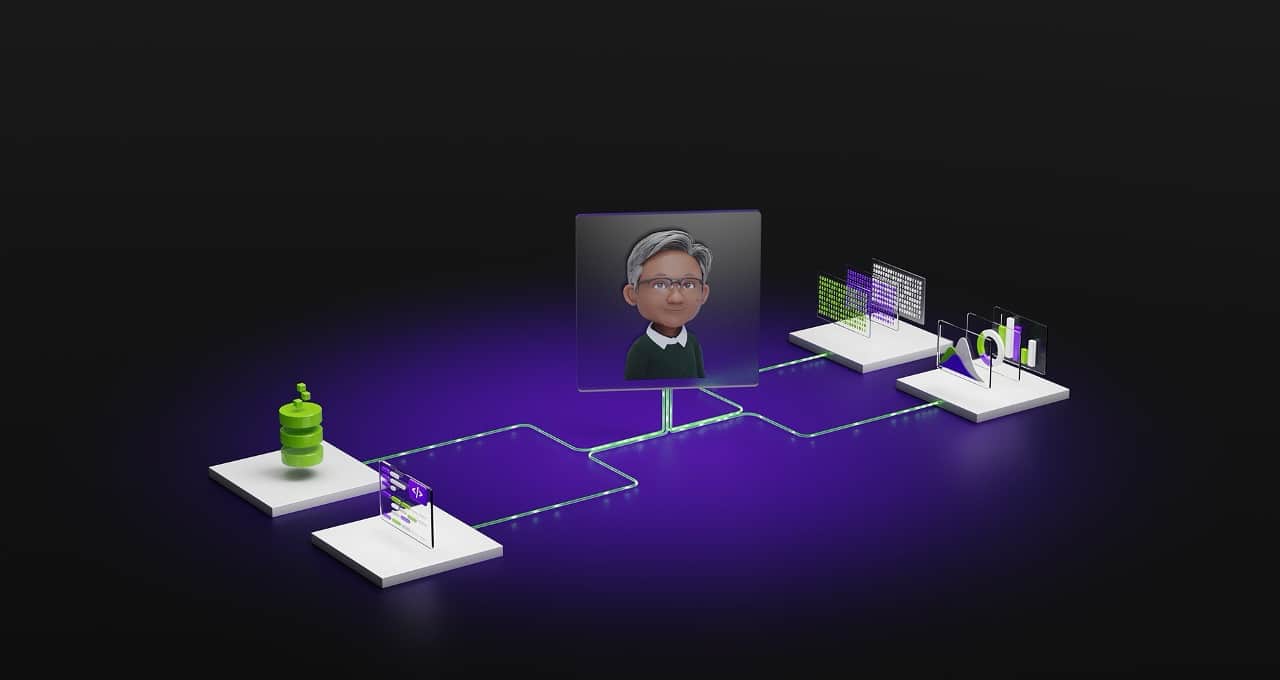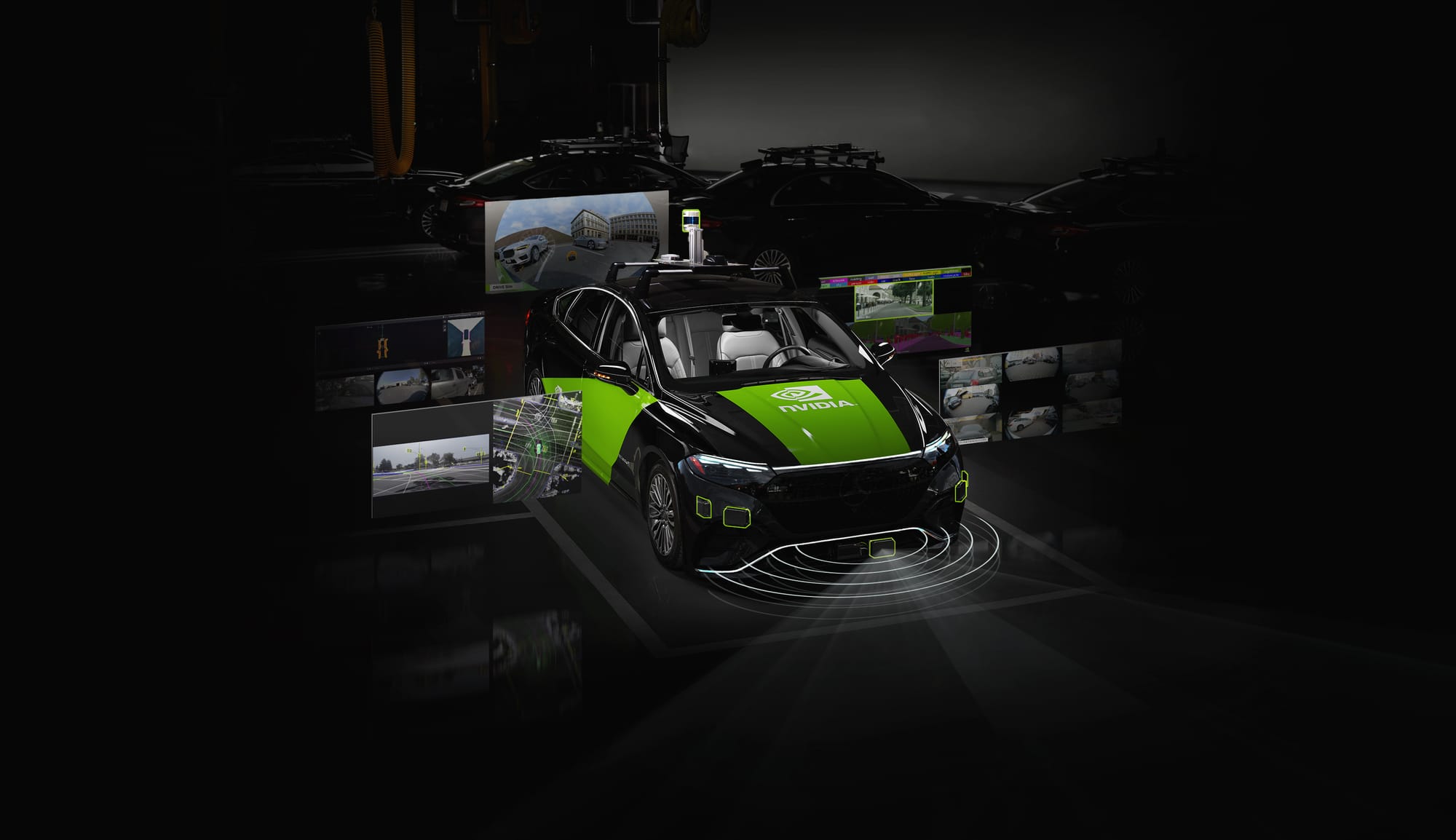During NVIDIA‘s keynote event at CES 2025, founder and CEO, Jensen Huang, delivered a series of groundbreaking announcements that highlighted the company’s advancements in gaming, AI, robotics, and autonomous vehicles.
Held in a packed Las Vegas arena with an audience of 140,000, the keynote showcased NVIDIA’s innovations, which continue to push the boundaries of computational technology.
From the highly anticipated GPUs to a compact AI supercomputer called Project Digits, NVIDIA’s keynote wasn’t just about showcasing its latest advancements; it was a masterclass on how the company is shaping the future of AI, robotics, gaming, and autonomous vehicles.
One Twitter user summed up the keynote perfectly, commenting (paraphrased), “It’s like NVIDIA found an alien spaceship that crashed and is reverse-engineering its technology,” and, I couldn’t help but agree.
The event opened with the unveiling of the new GeForce RTX 50 Series desktop and laptop GPUs, powered by NVIDIA’s cutting-edge Blackwell artificial intelligence chip. This was the most anticipated moment of the keynote, but it was just the beginning of a series of jaw-dropping reveals that redefined what’s possible in tech.
Here’s a breakdown of all the major announcements made at CES 2025:

1. GeForce RTX 50 Series GPUs

NVIDIA launched the long-awaited GeForce RTX 50 Series GPUs, powered by its new Blackwell architecture. According to NVIDIA, these GPUs feature groundbreaking capabilities, including 92 billion transistors, 3,352 trillion AI operations per second (TOPS), and 1.8TB/s of memory bandwidth.
The lineup includes the flagship GeForce RTX 5090, priced at $1,999, alongside the RTX 5080 ($999), 5070 Ti ($749), and 5070 ($549). The desktop GPUs are released to be released between late January and February 2025.
For laptops, NVIDIA introduced Blackwell Max-Q, offering up to 40% better battery life. New models from Acer, Alienware, and others signalling debut in March. Laptop GPUs, such as the RTX 5090 Mobile and RTX 5070 Mobile, deliver remarkable performance while balancing efficiency.
2. Cosmos World Foundation Models

NVIDIA ventured into robotics with the introduction of Cosmos World Foundation Models (Cosmos WFM), an open-license platform for robotics training. Available on GitHub, NVIDIA claims Cosmos WFMs will allow developers to transform real-world driving data into billions of virtual simulations, exponentially improving the quality of robotics training.
Huang described Cosmos WFM as a key step toward a “ChatGPT moment” for robotics, signalling a transformative era for AI-powered automation.
3. AI Foundation Models and Llama Nemotron

NVIDIA also announced AI foundation models for RTX AI PCs, making advanced AI development accessible to more users. Offered as NVIDIA NIM microservices, these models leverage the GeForce RTX 50 Series GPUs for unmatched AI performance.
NVIDIA also introduced Llama Nemotron, a family of large language models (LLMs) optimized for tasks like instruction following, coding, and chat functions. Built on Meta’s Llama framework, these models are designed to run efficiently on NVIDIA-accelerated systems. The Llama 3.1 Nemotron 70B is now available in NVIDIA’s API catalog.
4. Project Digits

One of the most groundbreaking announcements was Project Digits, a compact AI supercomputer about the size of a Mac mini. Powered by the GB10 Grace Blackwell Superchip, this device can handle up to 200-billion-parameter LLMs locally, without relying on cloud infrastructure according to NVIDIA.
Starting at $3,000, Project Digits is designed to democratize access to AI computing, making it an attractive option for small businesses and developers. With two units, users can combine power to manage 405 billion parameters, offering unprecedented AI capabilities on a desktop. The release is slated for May 2025.
5. DLSS 4

NVIDIA unveiled DLSS 4, the latest advancement in its AI-driven upscaling technology. With a feature called Multi Frame Generation, NVIDIA claims DLSS 4 can generate three additional frames for every traditionally rendered frame, increasing frame rates by up to eight times.
This update also promises to improve temporal stability, detail, and artifact reduction, marking the most significant enhancement to NVIDIA’s AI models since DLSS 2.
6. DRIVE Hyperion and Autonomous Vehicles

NVIDIA continued to push boundaries in autonomous vehicles with the launch of the DRIVE Hyperion AV platform, powered by the AGX Thor SoC. This end-to-end solution includes hardware, sensors, and software, enabling automakers to accelerate autonomous vehicle development.
NVIDIA also announced a major partnership with Toyota to integrate its DRIVE AGX Orin supercomputer and DriveOS into next-generation vehicles. This comes on the heels of collaborations with Aurora and Continental, which use NVIDIA DRIVE to scale driverless truck deployments.
Huang projected NVIDIA’s automotive revenue to reach $5 billion, underscoring the company’s growing influence in the industry. “The autonomous vehicle revolution has arrived,” he declared, calling automotive one of the largest future markets for AI and robotics.
Conclusion
NVIDIA’s CES 2025 keynote was a sweeping showcase of innovation, touching every corner of modern technology—from gaming and AI to robotics and autonomous vehicles. With announcements like the GeForce RTX 50 Series, Cosmos WFMs, Project Digits, and DRIVE Hyperion, NVIDIA proved once again why it remains at the forefront of technological advancement.
These breakthroughs promise to redefine industries and empower developers, businesses, and consumers alike with tools that were once the stuff of science fiction.
https://www.techloy.com/ceall-the-announcements-made-by-nvidia-at-ces-2025/amp/






